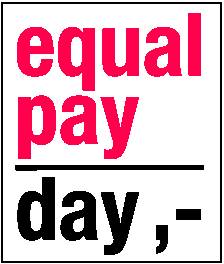In 2009, BPW International organized a side-event at the CSW in New York and launched the International Equal Pay Day Awareness campaign. This was the start for the worldwide actions that followed in the next years. Countries like Austria, Belgium, France and Switzerland organized their local Equal Pay Day events in 2009. Since then, the number of countries that join the initiative has grown extensively.


